In 2007, the New Seven Wonders Foundation, led by Swiss businessman Bernard Weber in cooperation with the marketing company Deureka, organized a global vote, the results of which were announced on July 7 in Lisbon. This project, which was especially successful in India and China, enabled the designation of seven monuments representing different civilizations and eras, from antiquity to the 20th century. UNESCO stated in a release that it was not involved in this event, contrary to what many voters believed. The final selection includes sites across all continents: the Great Wall of China, a fortification system built over several centuries; Petra in Jordan, a Nabataean city from the 4th century BC carved into rose-colored rock; the Colosseum in Rome, a 1st-century amphitheater capable of holding 50,000 spectators; Chichen Itza in Mexico, a Maya site demonstrating the astronomical knowledge of this civilization; Machu Picchu in Peru, an Inca city from the 15th century located at 2,430 meters above sea level; the Taj Mahal in India, a white marble mausoleum built between 1631 and 1643; and the Christ Rédempteur statue in Rio de Janeiro, a 38-meter-tall monument inaugurated in 1931. The Khufu pyramid, the only remaining ancient wonder still standing, was removed from the voting list and designated an honorary wonder. The 21 candidate sites were selected by a commission of architects from five continents, chaired by Federico Mayor, former UNESCO Director-General. The criteria included aesthetics, architectural achievement, and historical significance. Each monument had to be constructed by humans, completed before 2000, and in acceptable preservation condition. This collection lists all monuments and allows users to view their locations and photos via individual records.
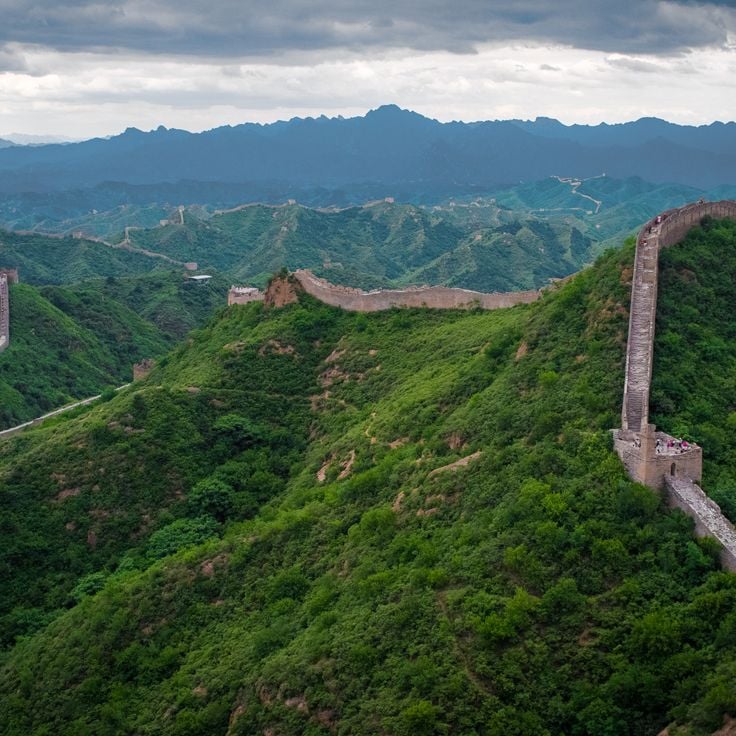
China
The Great Wall of China extends over 20,000 kilometers across northern China, connecting watchtowers, fortresses, and defensive structures from different dynasties. This monumental border fortification was built over two millennia, with the most famous sections dating from the Ming Dynasty. The wall crosses diverse landscapes from deserts to mountains and served to protect against nomadic peoples from the north while controlling trade routes.
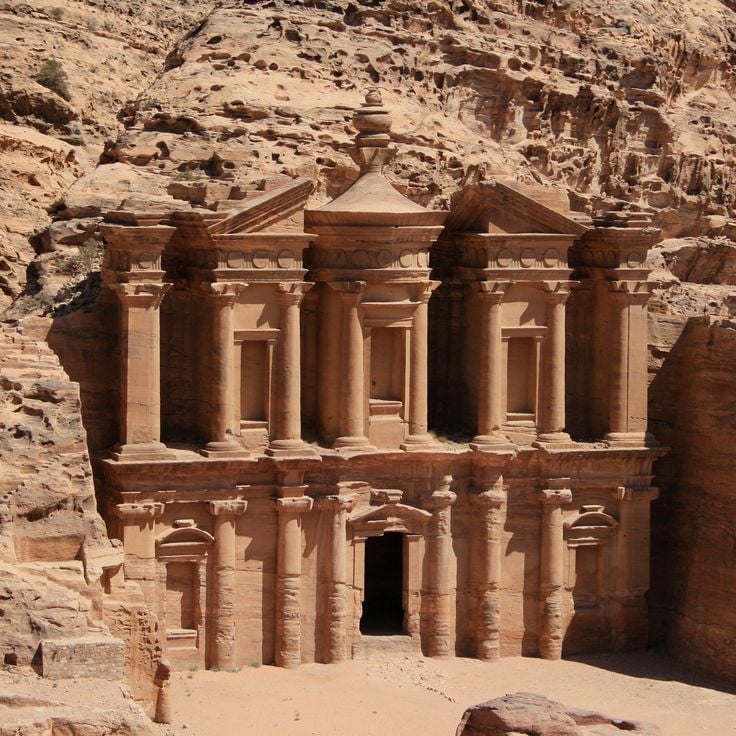
Jordan
Petra was established in the 4th century BC by the Nabataeans in a dry valley in southern Jordan. The archaeological site contains several hundred structures carved directly into the red sandstone cliffs. The Treasury, Al-Khazneh, likely served as a royal tomb. The Siq, a natural rock gorge approximately 1.2 kilometers long, forms the main entrance to the city. Petra functioned as a major trading center connecting caravans from Arabia, Egypt, and the Mediterranean. The city featured an advanced water management system including channels, cisterns, and dams.
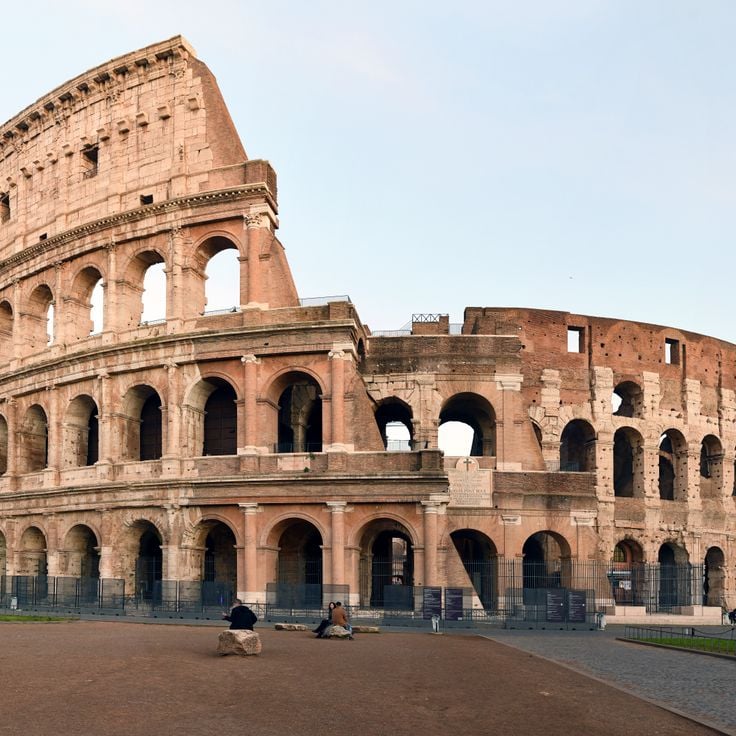
Rome, Italy
The Colosseum was built between 72 and 80 AD under emperors Vespasian and Titus. This elliptical amphitheatre measures 189 meters in length and 156 meters in width. The four-story facade reaches a height of 48 meters. The monument featured a complex system of corridors and underground chambers where gladiators and wild animals were kept before combat. Spectators entered through 80 different entrances, allowing for rapid evacuation. The Colosseum served as a venue for public events for nearly 500 years.

Yucatán, Mexico
Chichén Itzá is an extensive archaeological site in northern Yucatán, built by the Maya between the 6th and 13th centuries. The complex spans several square kilometers and contains numerous structures, including the 30-meter-high Kukulcán Pyramid, also known as El Castillo, with four staircases of 91 steps each. The astronomical observatory El Caracol demonstrates the Maya's advanced knowledge of celestial observation. The Great Ball Court measures 168 meters in length and features stone rings mounted seven meters high. The Temple of the Warriors with its colonnaded halls and the Tzompantli, a platform decorated with skull reliefs, document the military and ceremonial importance of the city.
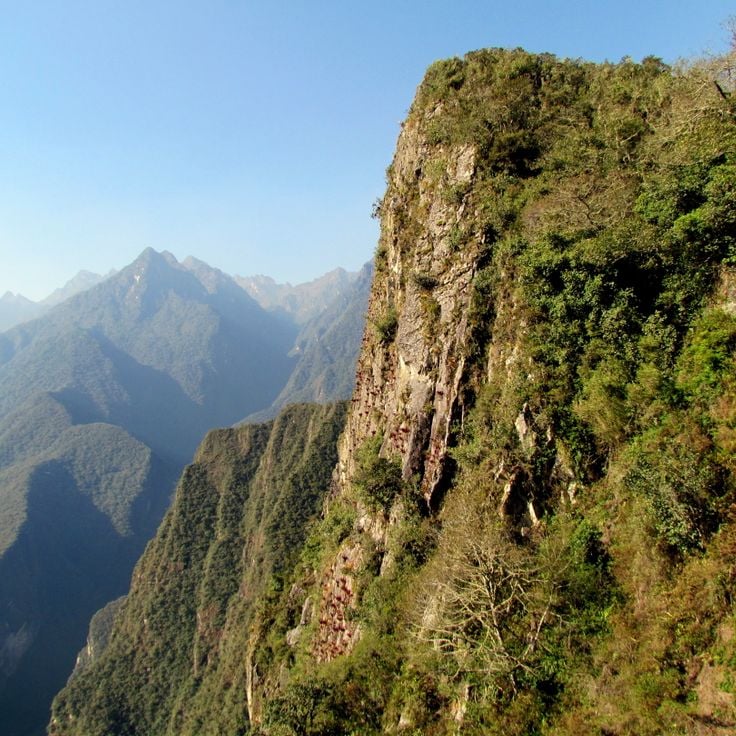
Cuzco Region, Peru
Machu Picchu is a 15th-century Inca citadel built on a rocky ridge at 2,430 meters above sea level in the Peruvian Andes. The site contains approximately 200 stone structures, including residential buildings, temples, storage facilities, and agricultural terraces. American archaeologist Hiram Bingham brought the site to international attention in 1911. The architecture demonstrates advanced Inca construction techniques, with precisely cut stone blocks fitted together without mortar. The citadel sits between the peaks of Huayna Picchu and Machu Picchu Mountain and connects to the Inca Trail network.
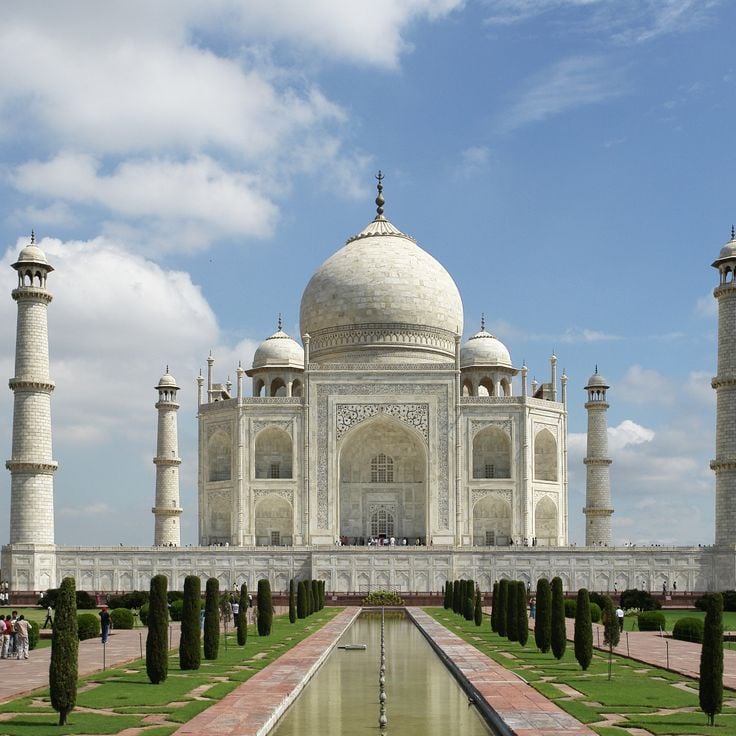
Agra, India
The Taj Mahal stands on the southern bank of the Yamuna River as a monumental mausoleum constructed from white marble. Emperor Shah Jahan commissioned this memorial between 1631 and 1643 to honor his deceased wife Mumtaz Mahal. The structure combines Persian, Islamic, and Indian architectural elements in its symmetrical design. The central dome reaches 73 meters in height and is flanked by four minarets. The exterior walls display intricate inlay work with semi-precious stones and calligraphic inscriptions from the Quran.
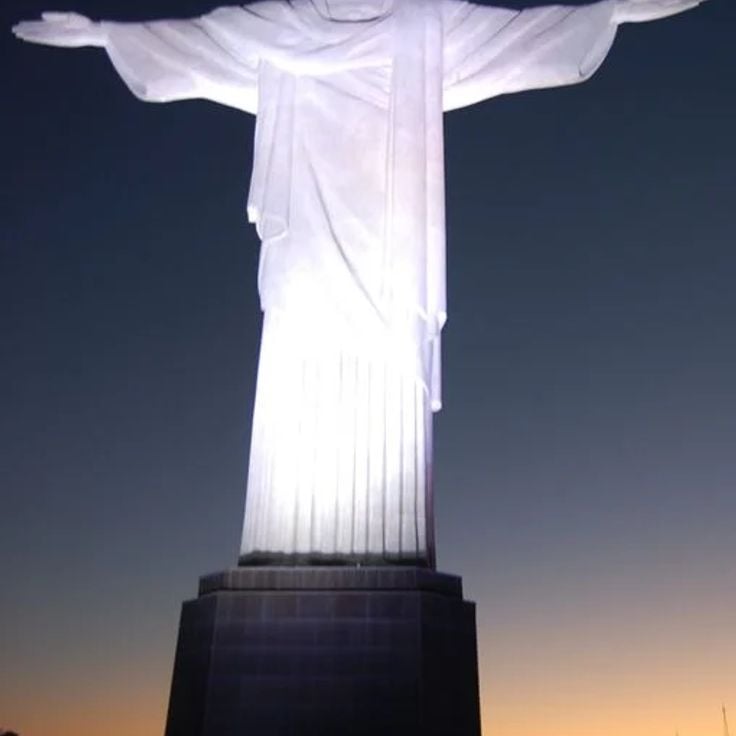
Rio de Janeiro, Brazil
This statue of Christ the Redeemer stands 38 meters tall atop Corcovado Mountain, overlooking Rio de Janeiro from an elevation of 710 meters. The monumental sculpture was built between 1922 and 1931 following designs by engineer Heitor da Silva Costa and sculptor Paul Landowski. The arm span measures 28 meters. The statue is constructed from reinforced concrete and covered with soapstone tiles. It represents the Christian faith and serves as an emblem of the city and of Brazil as a whole.

Giza, Egypt
The Great Pyramid of Khufu was constructed around 2560 BCE as a royal tomb for Pharaoh Khufu. This monumental structure stands as the oldest and sole surviving member of the Seven Wonders of the Ancient World. The pyramid originally reached a height of approximately 146 meters and comprises around 2.3 million stone blocks. During the selection process for the New Seven Wonders of the World, it was withdrawn from the competition and designated as an honorary candidate. The pyramid served as the final resting place for the pharaoh and was designed to facilitate his transition to the afterlife.
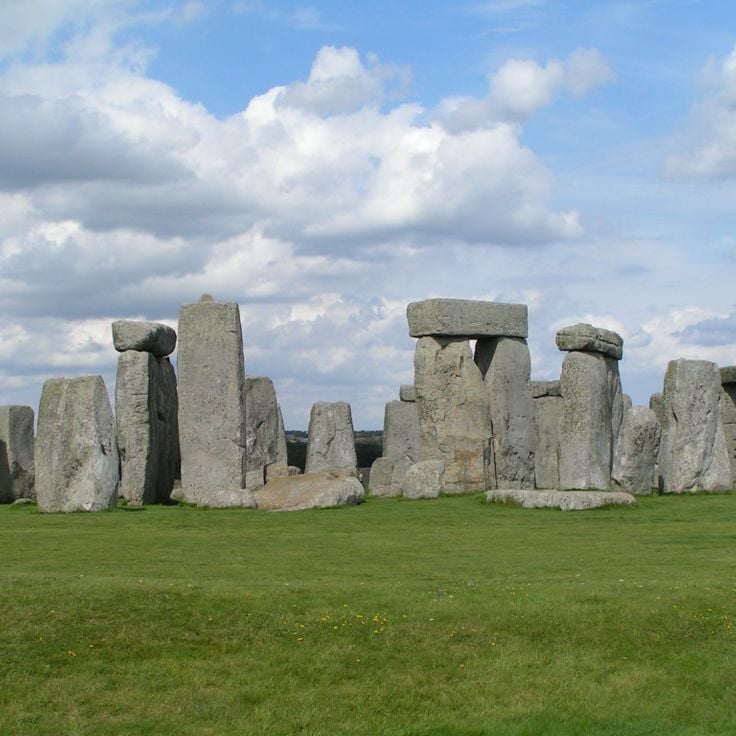
Wiltshire, United Kingdom
Stonehenge is a prehistoric monument on Salisbury Plain consisting of several concentric stone circles. The structure was built between 3000 and 1600 BC in multiple construction phases. The massive sarsen stones weigh up to 25 tons, while the smaller bluestones were transported from the Preseli Hills in Wales. The astronomical alignment of the monument suggests connections to solar and lunar cycles. Archaeologists believe religious ceremonies and burial rites took place at this site. Stonehenge is a UNESCO World Heritage Site and receives over one million visitors annually.
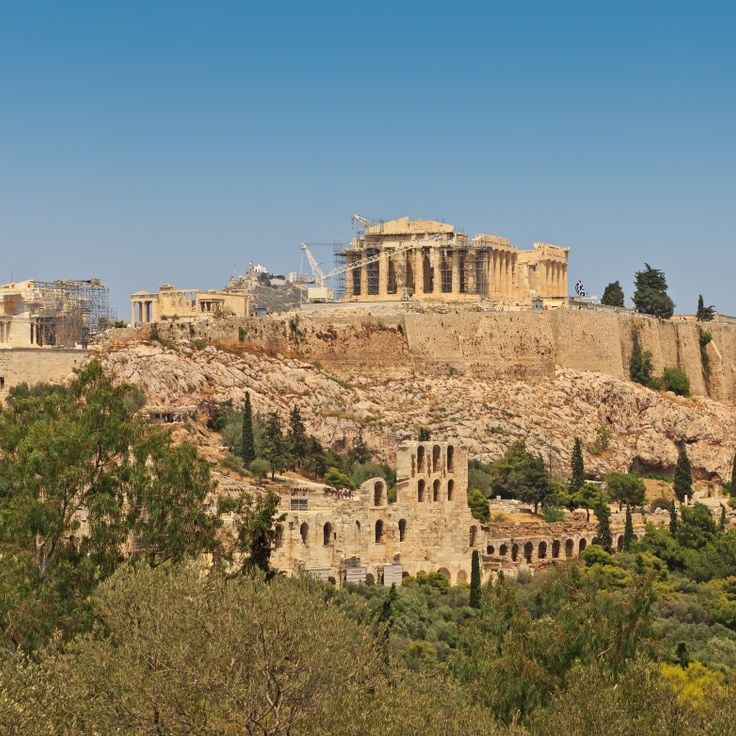
Athens, Greece
The Acropolis of Athens rises on a 156-meter-high rocky plateau above the Greek capital. The Parthenon, the most important temple of the complex, was built between 447 and 432 BC under Pericles and was dedicated to the city goddess Athena. The site includes other structures such as the Propylaea, the Erechtheion, and the Temple of Athena Nike. During the Classical period, the Acropolis served as the religious and political center of Athens. The Doric columns and friezes of the Parthenon demonstrate the architectural mastery of ancient builders. Today, the Acropolis is a UNESCO World Heritage Site and documents the cultural significance of ancient Greece.
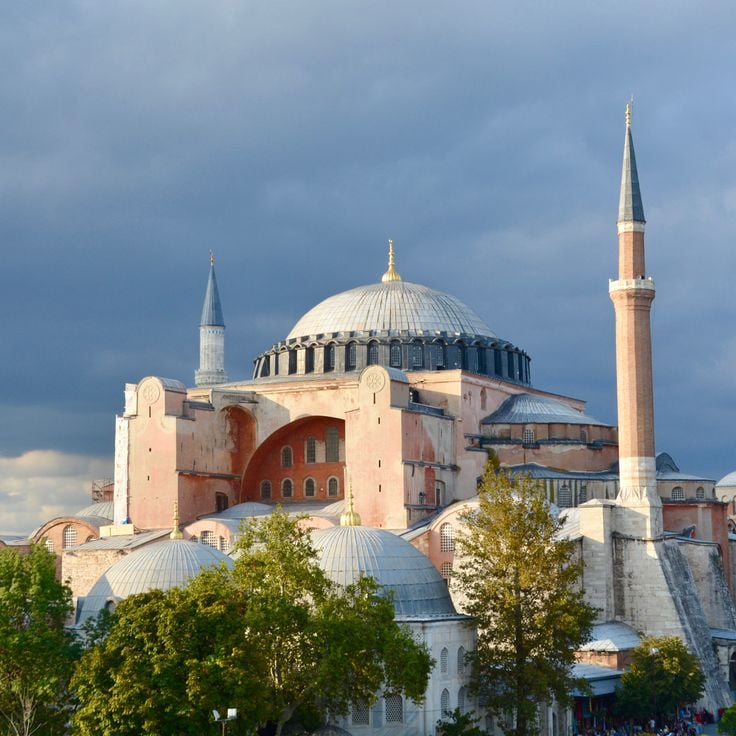
Istanbul, Turkey
Hagia Sophia was constructed in 537 under Emperor Justinian as a Christian church and served as the principal church of the Byzantine Empire for over a millennium. Following the Ottoman conquest of Constantinople in 1453, the building was converted into a mosque. In 1935, the Turkish Republic decided to transform Hagia Sophia into a museum, before it regained mosque status in 2020. The structure is characterized by its monumental dome, which rests on four pillars and measures over 30 meters in diameter.
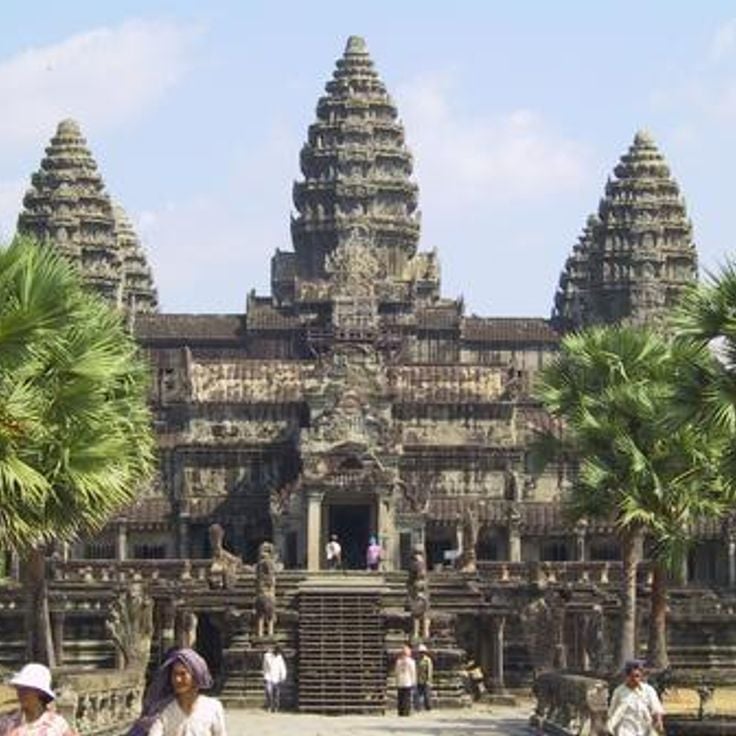
Siem Reap, Cambodia
Angkor is an extensive archaeological site in northwestern Cambodia that contains the remains of the Khmer civilization from the 9th to 15th centuries. The center of this ancient capital is the temple of Angkor Wat, a 12th-century Hindu monument later converted to a Buddhist temple. The entire area spans more than 400 square kilometers and includes hundreds of temples, among them Bayon with its giant stone faces and Ta Prohm where centuries-old trees intertwine with the ruins. The hydraulic systems with their water reservoirs and canals demonstrate the advanced engineering of this era.
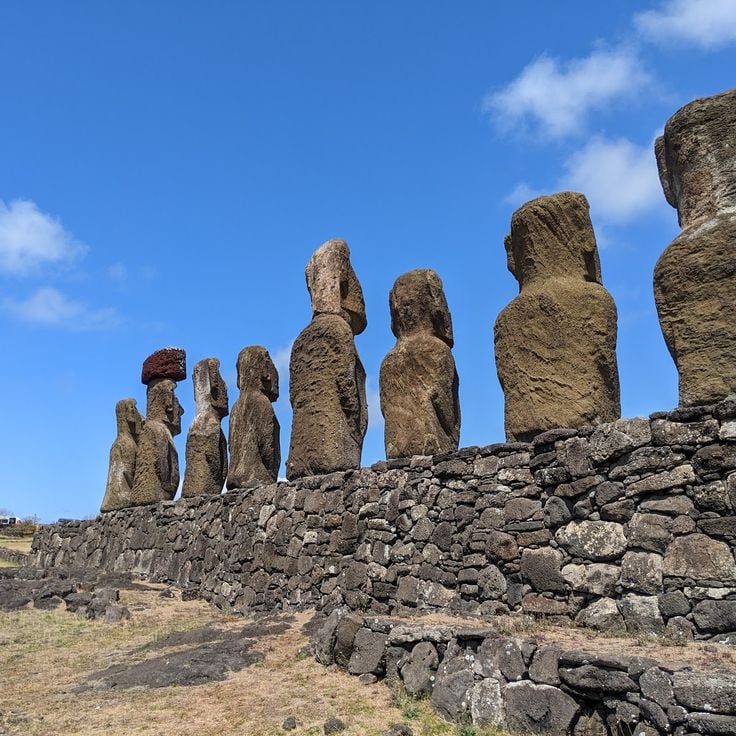
Easter Island, Chile
The Moai of Easter Island are monumental stone figures carved from volcanic tuff between the 13th and 16th centuries by the Polynesian Rapa Nui civilization. These statues, reaching up to 10 meters in height, represent deceased ancestors who were venerated as intermediaries between the earthly and spiritual realms. Most Moai were carved at the Rano Raraku quarry and subsequently transported across the island to be erected on stone platforms called Ahu. Today, approximately 900 of these monuments stand as among the most significant archaeological testimonies of the Pacific.

Mali
Timbuktu was founded in the 5th century and became a major centre for trade and scholarship in West Africa between the 13th and 16th centuries. The city houses several mud-brick mosques, including the Djinguereber Mosque and the Sankore Mosque, which functioned as universities. Timbuktu served as a hub for trans-Saharan trade in gold, salt, and slaves. The city preserves thousands of manuscripts on astronomy, mathematics, medicine, and Islamic jurisprudence. These texts document the scientific and literary tradition of the region.

Granada, Spain
The Alhambra is a palace and fortress complex of Moorish origin, whose construction began in 1333 under the Nasrid rulers of Granada. The monument combines military architecture with royal residences and represents the final flourishing of Islamic culture on the Iberian Peninsula. The site includes several palaces, gardens, and fortification walls extending across the Sabika hill. The Nasrid Palaces demonstrate the sophistication of Islamic architecture through their geometric patterns, stucco work, and calligraphy. The Alhambra served as the seat of government for the Emirate of Granada until the city's conquest in 1492.
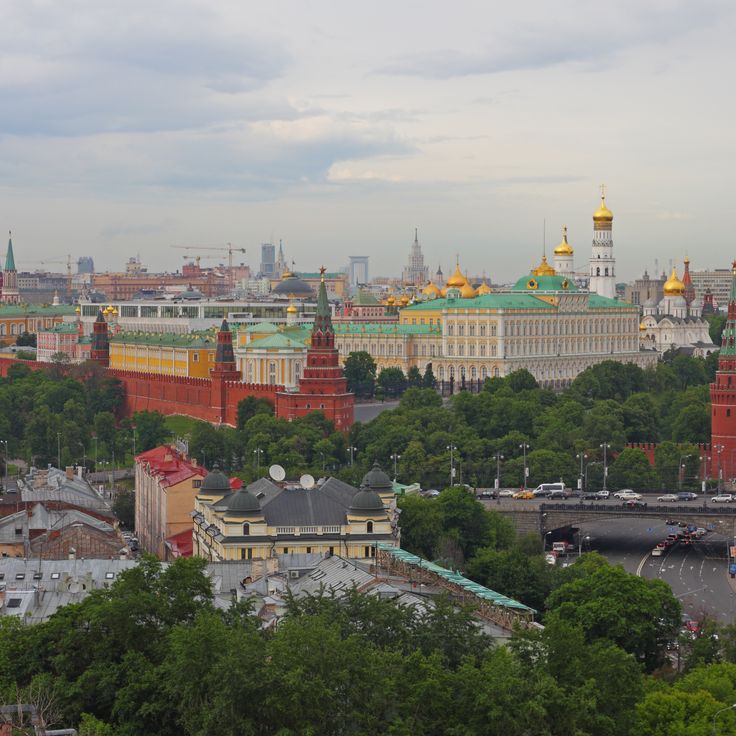
Moscow, Russia
The Moscow Kremlin is a fortified complex whose initial structures were built in 1156. Following a fire, comprehensive reconstruction took place in 1561 under Ivan the Terrible. This complex has served as the center of Russian state power for centuries and houses official residences, administrative buildings, and several significant cathedrals. The red brick walls extend over 2.2 kilometers and enclose twenty towers of varying design. Within the walls are the Grand Kremlin Palace, the Armoury with historical collections, the Dormition Cathedral, and other religious structures.
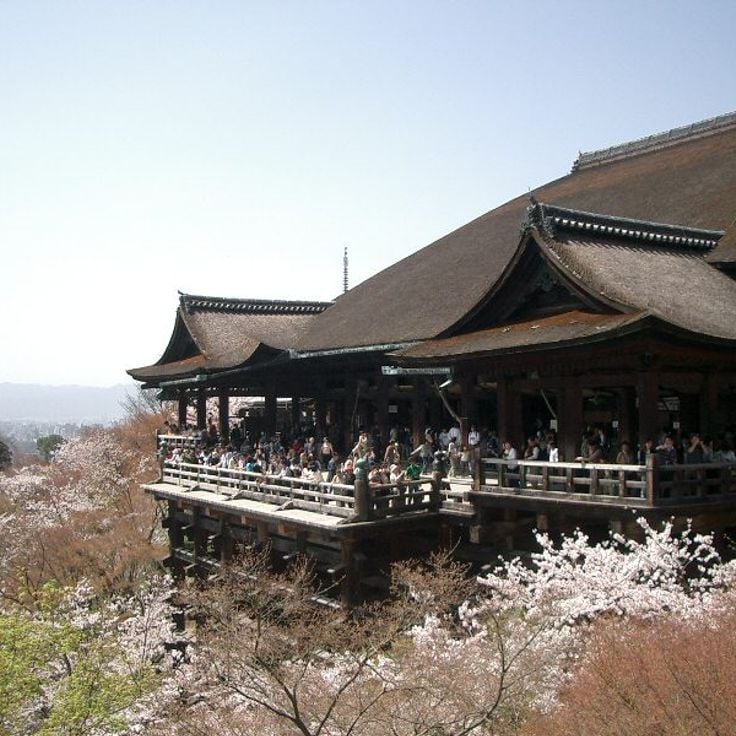
Kyoto, Japan
Kiyomizu-dera was founded in 778 and completely rebuilt in 1633 following a fire. This Buddhist temple belongs to the Hosso school and takes its name from the Otowa waterfall, whose waters are considered pure. The main hall of the temple features a wooden stage that extends 13 meters above the hillside, supported by 139 pillars joined together without a single nail. This construction technique demonstrates traditional Japanese carpentry methods. The temple complex includes several buildings, pagodas, and shrines set in the forested hills east of Kyoto.
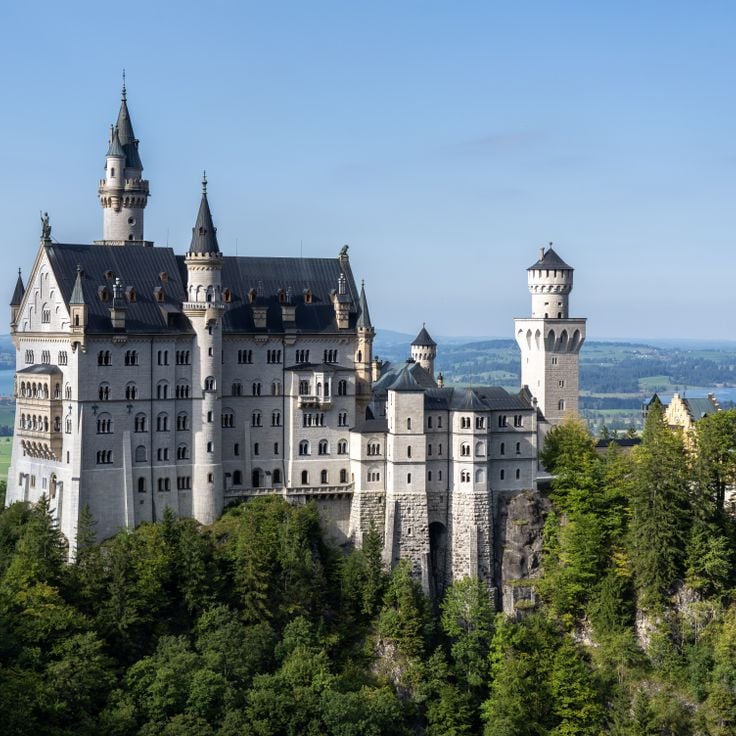
Bavaria, Germany
Neuschwanstein Castle was constructed between 1869 and 1886 under the orders of King Ludwig II of Bavaria. The structure stands on a rocky outcrop above the village of Hohenschwangau and embodies 19th-century Romantic ideals. The architecture draws inspiration from medieval fortresses, featuring towers, battlements, and courtyards. Interior rooms display elaborate wall paintings depicting scenes from Germanic legends and the world of Richard Wagner. The throne room in Byzantine style and the singers' hall rank among the most important spaces. The building remained incomplete as Ludwig II died in 1886. Today, the castle counts among Germany's most visited sites and served as inspiration for various fairy tale castles.
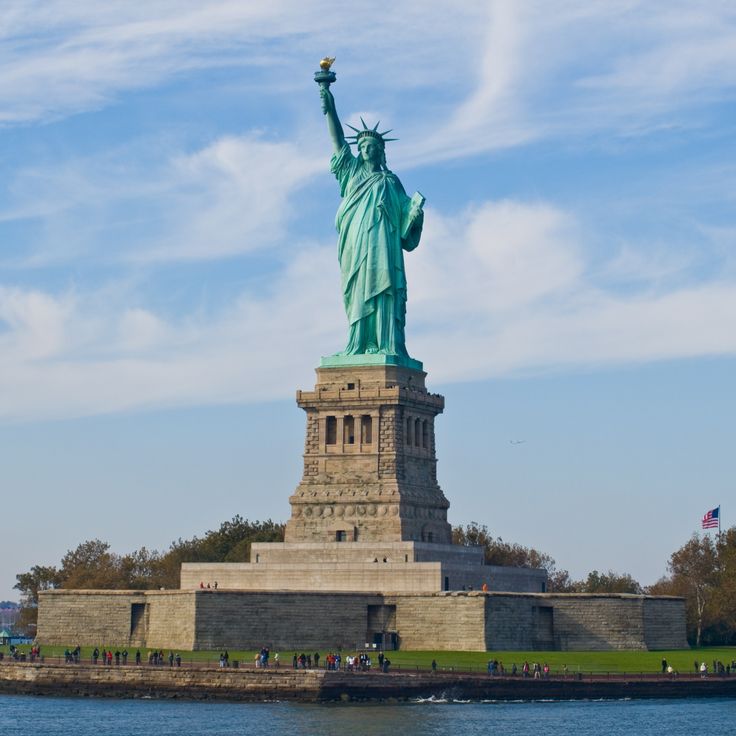
New York, United States
The Statue of Liberty was given by France to the United States in 1886 and stands on Liberty Island in New York Harbor. French sculptor Auguste Bartholdi designed the 46-meter copper statue, while Gustave Eiffel engineered the internal iron framework. This statue represents Libertas, the Roman goddess of freedom, holding a torch in her right hand and a tablet inscribed with the date of the American Declaration of Independence in her left hand. The monument has served as a symbol of freedom and democracy since its dedication and welcomed millions of immigrants arriving in the United States.
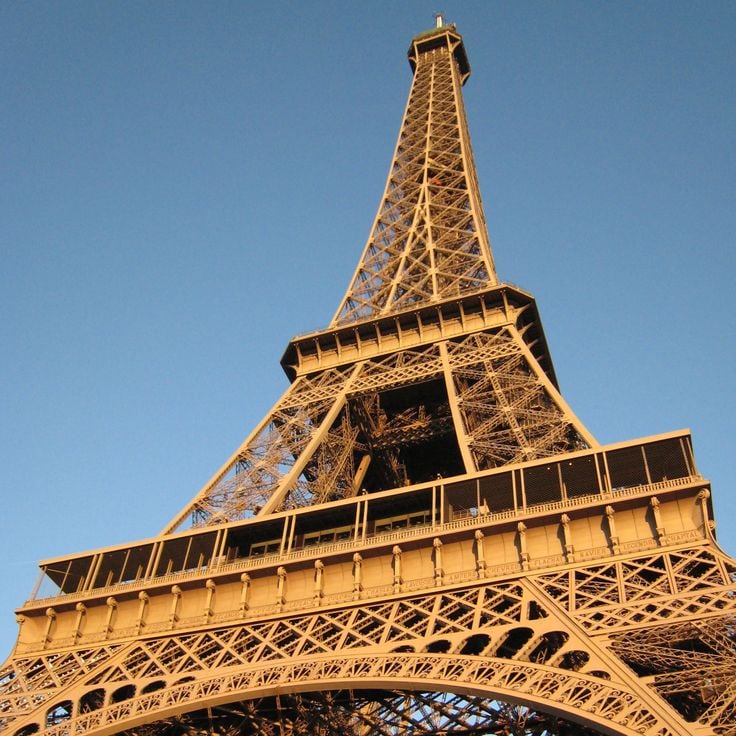
Paris, France
The Eiffel Tower was built between 1887 and 1889 by Gustave Eiffel for the Universal Exposition, reaching a height of 324 meters. This wrought iron structure consists of 18,000 metal parts connected by 2.5 million rivets. The tower originally served as the entrance arch to the exposition and was intended to be dismantled after twenty years. Today it receives several million visitors annually and offers panoramic views of Paris from its three observation levels. The structure represents the technical capabilities of the industrial age.
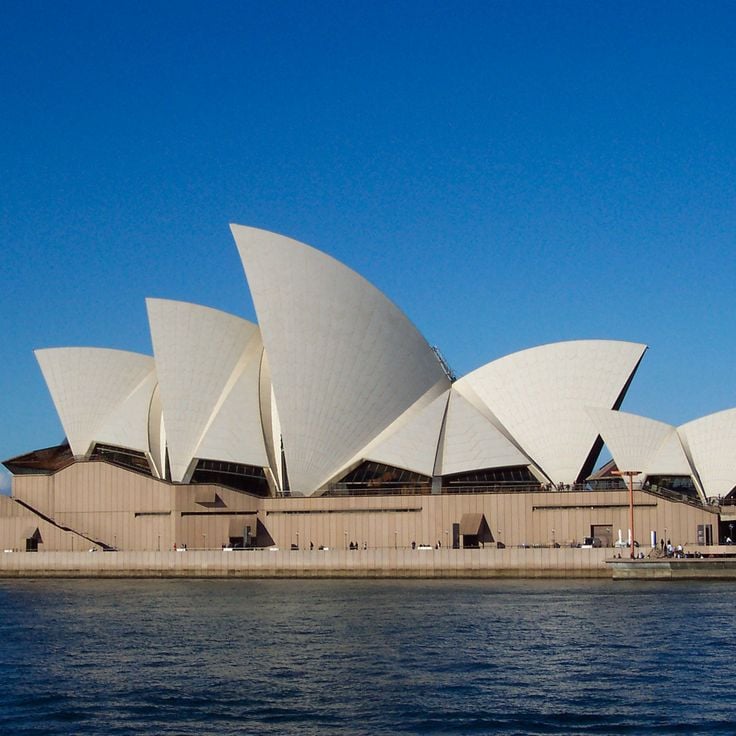
Sydney, Australia
The Sydney Opera House opened in 1973 and was designed by Danish architect Jørn Utzon. Located on Bennelong Point in Sydney Harbour, this building is considered one of the most significant architectural works of the 20th century. The distinctive roof structure consists of multiple shell-shaped segments covered with over one million white ceramic tiles. The Opera House contains several performance venues, including the Concert Hall with 2,679 seats and the Joan Sutherland Theatre for opera and ballet productions. Each year, more than 1,500 performances take place here, attended by approximately 1.2 million visitors.